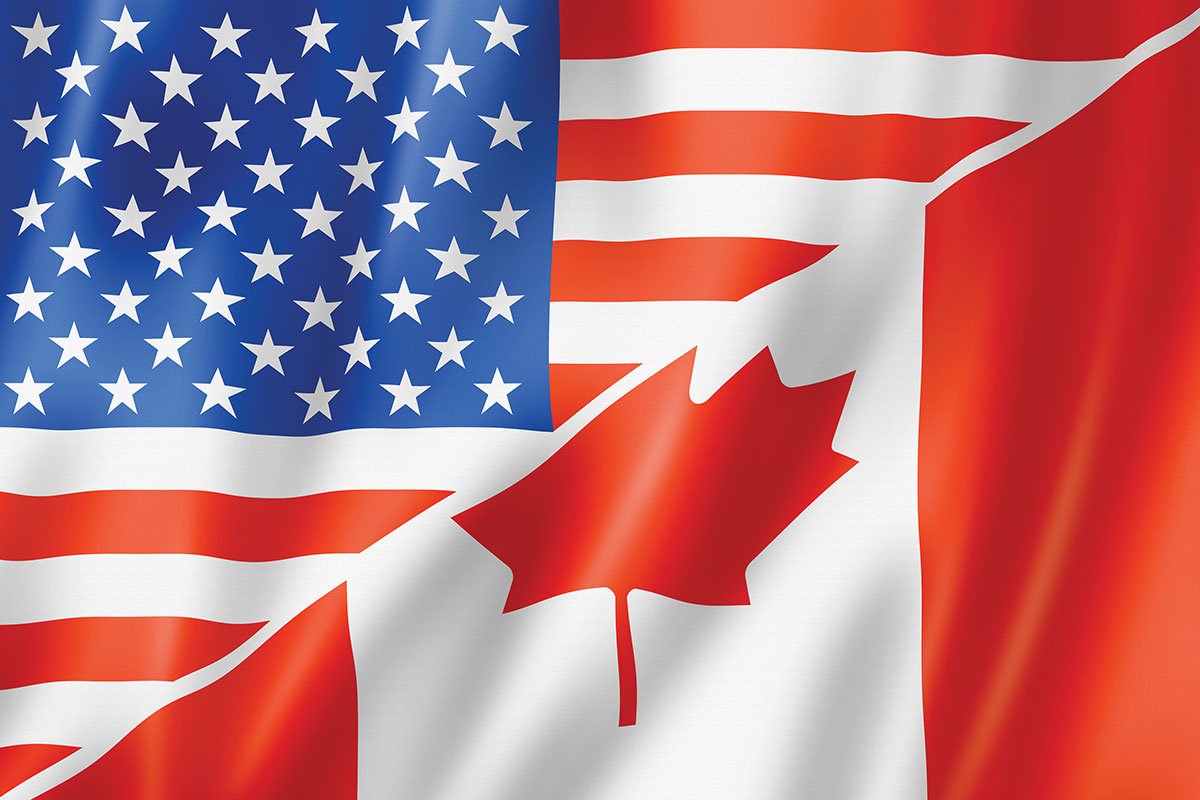Question
I seem to recall that UL does not certify (List) power distribution blocks for use on the line side of a service. Is that still the case?
Answer
No, that is no longer the case. 2014 NEC 376.56(B)(1) was revised to permit power distribution blocks that are listed for the purpose to be installed on the line side of service equipment. Based on the revision to the NEC, a change to UL Subject 1953, the Outline of Investigation for Power Distribution Blocks, was published to permit testing of power distribution blocks on the line or load side of a service.
UL Certifies (Lists) power distribution blocks under the product category Power Distribution Blocks (QPQS), located on page 422 of the 2014 UL White Book. The Guide Information for QPQS can also be viewed on UL Product Spec at www.ul.com/productspec and enter QPQS at the UL Category Code search field. The QPQS Guide Information was updated to permit power distribution blocks on the line side of the service after the publication of the 2014 UL White Book and does not reflect the change to permit power distribution blocks on the line side of the service, but the Guide Information in UL Product Spec does reflect the change. The Guide Information on UL Product Spec now states that “Power distribution blocks marked ‘Suitable for Use on the Line Side of Service Equipment’ (or equivalent) have been investigated for use on either the line side or the load side of service equipment.”
In addition, power distribution blocks are considered suitable for use on circuits having available fault current not greater than 10,000 rms symmetrical amps, unless marked with a larger value. Power distribution blocks are marked “Short-Circuit Current Rating” together with the value of the rating and the maximum voltage. A power distribution block intended for use only on the load side of service equipment may additionally be marked to identify that an overcurrent protective device (fuse or circuit breaker) is to be used ahead of the power distribution block.
Power distribution blocks are marked to indicate that they are for use in specific enclosures (identified by either catalog number or specific dimensional information). In order to maintain a short circuit current rating over 10,000 amps for a power distribution block, it must be installed within the identified enclosure, or a UL field evaluation is necessary to determine whether a specific enclosure can contain the fault marked on the device.
For more information on UL field evaluations, please contact UL’s Customer Service at 877-854-3577, prompt No. 2, or online at www.ul.com/field.
Question
I know power distribution blocks have a short circuit current rating on them. When an insulated multi-conductor tap connector is used on service conductors, is the tap connector required to have a short circuit current rating?
Answer
No, insulated multi-conductor tap connectors are wire connectors Certified (Listed) under the product category Wire Connectors and Soldering Lugs (ZMVV), located on page 601 in the 2014 UL White Book. The product category Guide Information and Certifications (Listings) can be viewed on UL Product Spec at www.ul.com/productspec and enter ZMVV at the UL Product Category Code search field. While wire connectors do not have a short circuit current rating, the equipment to which they are mounted may. So, a power distribution block will have a short circuit current rating, but a wire connector on its own will not.
For information on power distribution blocks see the Guide Information for Power Distribution Blocks (QPQS), located on page 422 of the 2014 UL White Book or on UL Product Spec at www.ul.com/productspec and enter QPQS at the UL Category Code search field.













Find Us on Socials